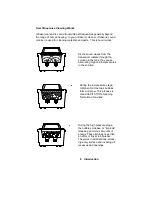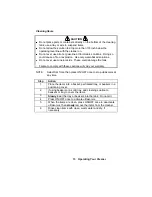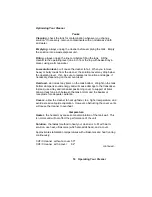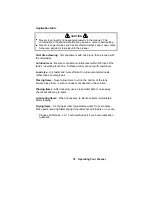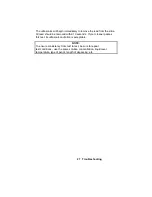
16 Operating Your Cleaner
Optimizing Your Cleaner
Tanks
Cleaning
- check the tank for contamination whenever you change
solution. If necessary, remove contaminants with a nonabrasive cloth
and water.
Emptying
- always unplug the cleaner before emptying the tank. Empty
the solution into a waste disposal unit.
Filling
- always unplug the line cord before filling the tank. Fill the
cleaner to the operating level (one inch from the top with beaker/tray in
place), using warm tap water.
Low solution level
- will cause the cleaner to fail. When you remove
heavy or bulky loads from the cleaner, the solution level may drop below
the operating level. If so, be sure to replace lost solution and degas, if
necessary, depending on the amount used.
Overload
- do not rest any items on the tank bottom. Weight on the tank
bottom dampens sound energy and will cause damage to the transducer.
Instead, use a tray and/or beaker positioning cover to support all items.
Allow at least one inch between the tank bottom and the beaker or
receptacle for adequate cavitation.
Covers
- allow the cleaner to heat up faster, to a higher temperature, and
avoid excessive liquid evaporation. However, obstructing the cover vents
will cause the cleaner to overheat.
Temperature
Heater
- the heater may cause some discoloration of the tank wall. This
is normal and will not affect the performance of the unit.
Solution
- the fastest method to heat your cleaner is to fill with warm
solution, use heat, ultrasonics (which also adds heat), and a cover.
Approximate stabilization temperatures with ultrasonics and heat running
continuously:
CHT/C cleaner without a cover 50º
CHT/C cleaner with a cover 62º
continued...





